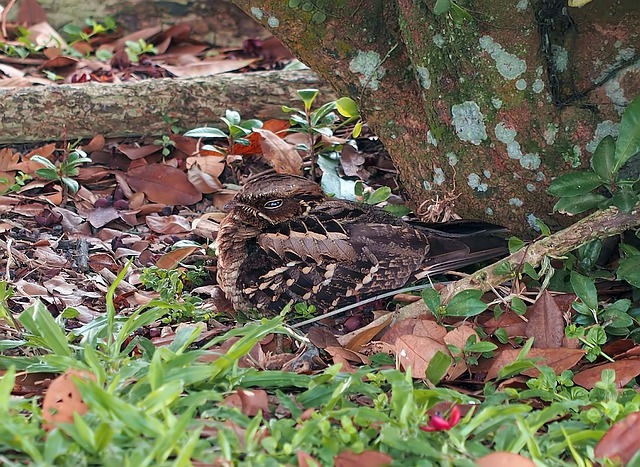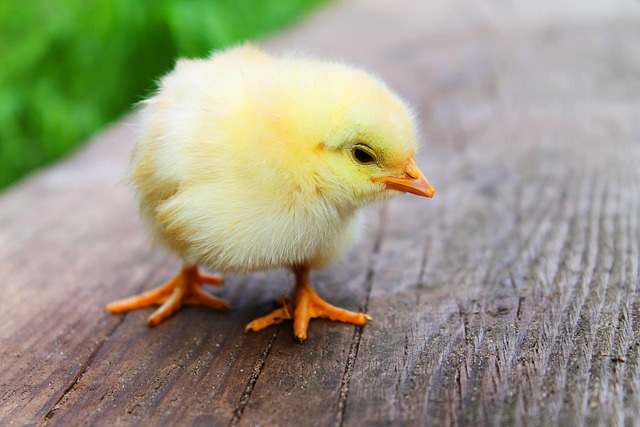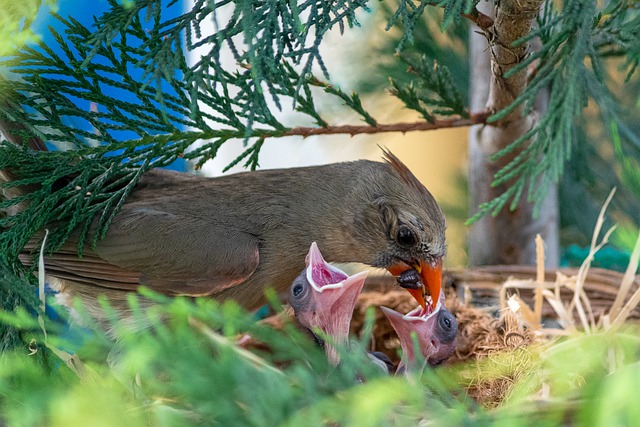Birds are warm-blooded vertebrates that fall under the Aves class and Animalia kingdom. Approximately 10,000 different bird species may be found worldwide.
A bird’s life cycle is really intriguing.
The beginning of a bird’s life cycle is not given enough respect or admiration. Each mating season, birds might pair just once or several times, depending on their species.
Each mating season, the majority of birds hatch a few eggs at least. Depending on what stage of growth they are at, the tiny birds that emerge from the eggs are given various names, such as hatchlings, nestlings, and fledglings.
Birds that are adults devote a lot of time to raising their young, feeding them, and shielding them from danger.
This is the time when parents and kids start to connect. In birds, however, this time frame is short.
When the young birds’ flight plumage has grown, they begin to separate from their parents, each one at a time or all at once after a couple of weeks toward becoming independent. This is a routine procedure.
A fledgling bird experiences several challenges when it leaves its nest to survive entirely on its own.
Please continue reading to learn more about this natural cycle and what young birds do after they leave their nests.
When Do Young Birds Leave The Nest?

The month during which a baby bird departs its nest is determined by a number of circumstances, including the mating and nesting seasons.
This varies depending on the species. The fledglings of most species consider leaving their nest throughout the spring (March to June).
Baby songbirds are among the most often observed juvenile birds during the same month. It is quite usual to see a baby robin jumping on the grass, mostly in spring.
Do Young Birds Ever Return To Their Nests?

Birds are quite similar to humans. Since we have few obvious similarities, several of the actions of birds are comparable to those of humans.
When baby birds reach a specific age, they, like humans, are expected to leave their parents behind and begin a new life by themselves.
Parent birds want their babies to go as swiftly as feasible, whereas young birds would like to stay for a long time. There is also no turning back once the fledgling birds quit their parents’ nests.
They seldom return. When young birds fly out, they confront a slew of problems, including predation and malnutrition.
They may return if the circumstances are difficult to bear. However, the chances of this happening are relatively minimal.
What Tends to Happen to Juvenile Birds When They Leave their Nest?

Baby birds leave the nest between 12 and 21 days (2 to 3 weeks old). This may vary across species.
When the young birds leave their parent’s nest, they no longer recognize it as home. This doesn’t imply that they’ve broken all relations with their parents.
During this period, known as the juvenile stage, the baby birds remain in places around their parents’ nests. This allows parents to keep a close eye on their baby birds and safeguard them from predators as well as other serious threats.
A juvenile bird also screeches a lot, which helps the parents find them. When the young birds leave their nest, they will become adults and learn how to survive independently.
At this point, the juvenile bird’s wings will begin to expand slowly. More feathery layers will be added. Their landings and takeoffs will appear more graceful and stable.
How Can You Know When a Young Bird is Prepared to Leave its Nest?

When young birds can walk and fly, they are capable of leaving the nest at even a relatively young age. This does not need to be flawless.
According to specialists, when a juvenile bird initially manages to stand, it will most likely leave its home within a few days.
A bird’s life is divided into many phases. You may tell by their development when young birds are about to leave their nest.
Hatching, nestling, and fledgling are the three major phases. When a bird hatches from its eggs, it is described as a ‘hatchling.’ The newborn bird’s eyes will remain closed at this point.
Whenever a newborn bird is 3 to 13 days old, it is referred to as a nestling. Within the first few days, nestlings will begin to blink.
Nestling plumage resembles tubes because they are wrapped with protective sheaths. Wings will come out from the sheathing mostly on the 12th or 13th day. They are taught to walk, run, and jump on the surface as well.
The nestlings are prepared to leave the nest at this point. Many birds stay inside the nest to acquire a few skills needed before leaving as fledglings.
When the baby birds are Fourteen and twenty-two days old, they are referred to as fledglings. Throughout this time, the fledgling will remain an inexperienced flyer. A fledgling’s wings and feathers should be completely developed.
The parent birds would also bring the fledglings to regular meal and shelter sites to show them the one that is better for survival. This is the reason you understand the young bird is on its way out.
The majority of birds leave their nest during their nestling period, and the remainder at the fledgling stage. During the initial several weeks, they are susceptible.
If you keep a close eye on the bird’s size, tail feathers, wings, and other actions, you may easily anticipate when the fledglings will go.
Is It True that All Young Birds Leave Their Nest at the Exact Same Time?
It varies depending on the individual as well as the bird species. Several birds build tight ties with their siblings; others may be aggressive and may even force their siblings away from the nests while fighting for food. It also has a plethora of similarities with how people think.
As stated previously, a newborn bird may leave their nest as either a nestling or even as a fledgling.
A group of birds may leave at the very same moment. They don’t really dwell together forever, though, as they create their separate family. According to analysts, the bulk of the birds may not recall their siblings within one year.
Another factor for why not all young birds leave the nest during the same time is because some of the newborn birds may not even be associated. Birds tend to hatch their eggs within the nests of certain other birds.
Where Do Young Birds Sleep Once They Leave the Nest?

A newborn bird might sleep on nearby trees and in tree holes around the parents’ nest.
Baby birds have no idea how to create nests. It might require just a few days to figure it out.
Because nests are secure havens for young birds, they take their time precisely selecting materials that suit their tastes and constructing them in the manner they find most practical for them. They hang on trees with their heads hidden behind their wings till then.
Conclusion
It is a common rule that the larger the nest, the more time it takes the young bird to fledge.
Fledging isn’t always whenever the birds knot the aprons strings; several of them continue to acquire strength and perfect their flying abilities for another week or two.
Parent birds want their offspring to become self-sufficient as soon as feasible. Big, robust birds have had the highest odds of surviving the weather and predators.
FAQ
How often do birds remain in their nests before leaving?
Most young birds remain inside the nest for at least 10 to 12 days until flying away by themselves. This occurs between 2 and 3 weeks of age for birds such as bluebirds, Baltimore orioles, and rose-breasted grosbeaks.
Is it permissible to pick up a newborn bird and bring it to its nest?
If you find the nest (which might be cleverly hidden), rescue the bird immediately as you can. Please don’t be alarmed; parent birds cannot let their babies apart solely on their fragrance.
They would not abandon a baby that has had interaction with people.” So let the cute ones alone while reintroducing the small dumpy ones into the nest.
Last Updated on March 22, 2023 by Lily Aldrin
